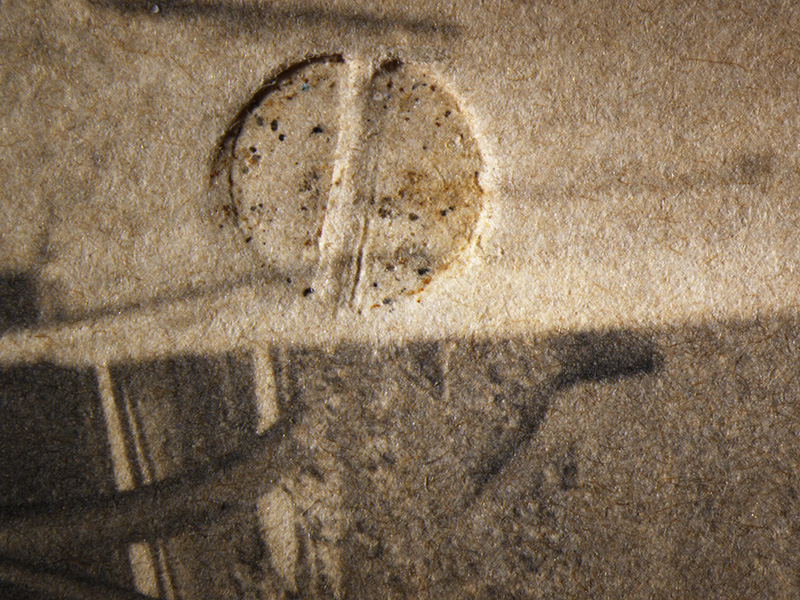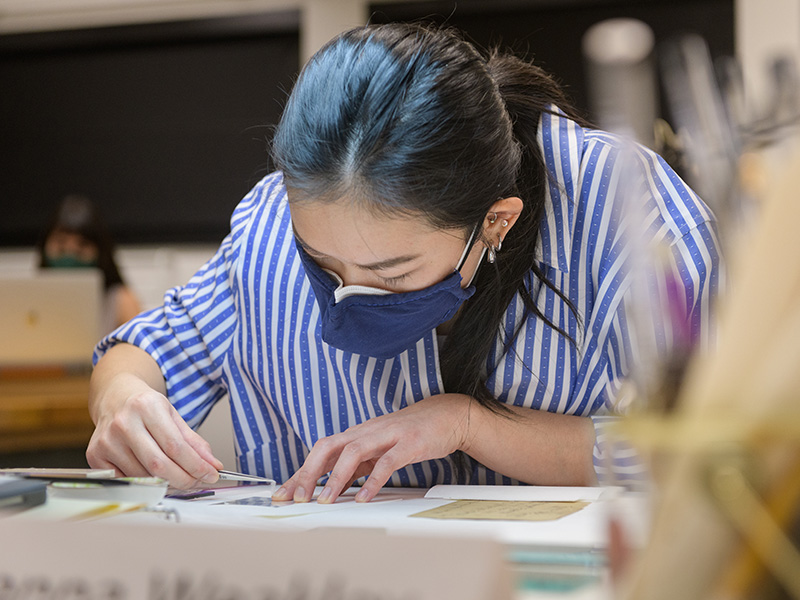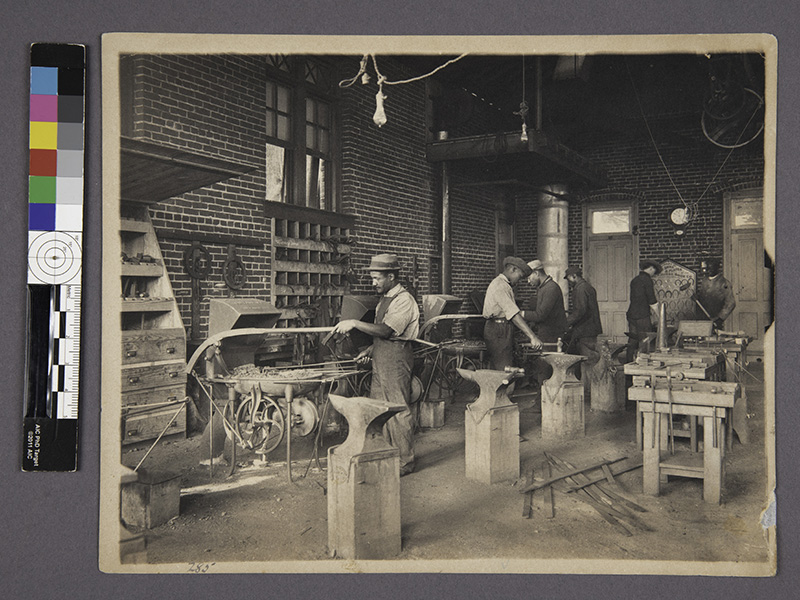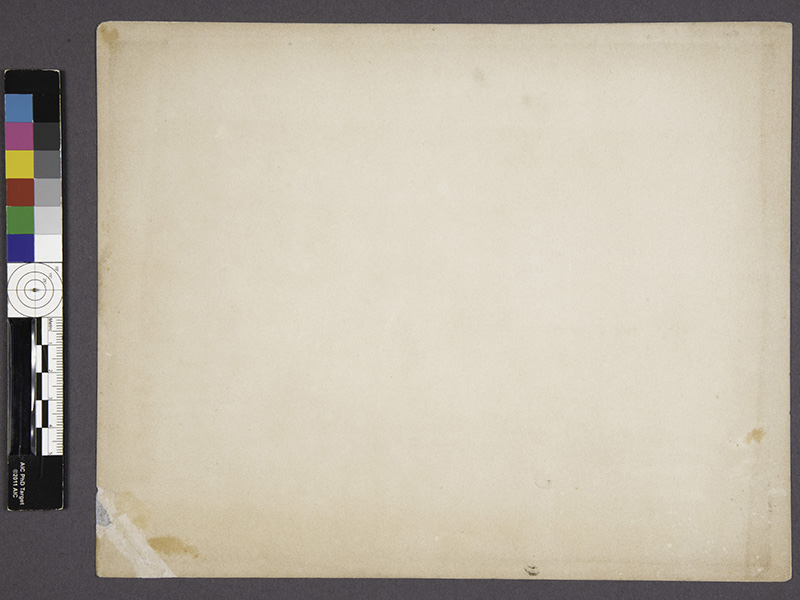Community Centered Cultural Heritage Care: The Conservation Treatment of a Platinum Print from the Tuskegee University Archives
by Tammy Hong
The art conservation field’s growing emphasis on increasing the visibility of underrepresented communities and histories, public outreach, and advocacy inspired me to become a cultural heritage conservator. I was able to augment this narrative through participating in a community partnership project between the Winterthur/University of Delaware Program in Art Conservation (WUDPAC) and the Tuskegee University Archives (TUA) during my first year of training at WUDPAC. In January 2022, my classmates and I were tasked with the examination and conservation treatment of 62 photographs from the TUA during our Photographs Conservation Block taught by Debra Hess Norris, Chair of the University of Delaware Art Conservation Department and Professor of Photographs Conservation. This exciting project supported the TUA’s goal of increasing researcher accessibility and scholarship by stabilizing and rehousing selected photographs prior to digitization.
The TUA collection documents the growth and evolution of Tuskegee University, a Historically Black College and University (HBCU), since its founding in 1881. I selected for treatment an unmounted platinum print that depicts six unidentified figures, likely students from the Tuskegee Institute1, handling the equipment in a metal shop. These images of “staged” classroom and trade scenes were common subjects for photographs depicting life at the Tuskegee Institute during the early 20th century. This remarkable platinum print is one of the many photographs that depict training offered by the Tuskegee Institute in skilled trades such as carpentry, cabinetmaking, printing, shoemaking, tin smithing, cooking, and sewing.2 Moreover, it exemplifies how this collection acts as a valuable entryway into Black life and education as well as the the history of Alabama and the Southeast.
The significance of these archival materials was carefully considered in my conservation treatment decision-making. Upon close examination of the platinum print in raking light, I discovered two blind stamps and a number written in black ink employed by the Institute’s Photographic Division indicating the print’s potential use in the Tuskegee Messenger, a semi-monthly journal founded in 1924.3 While this association could not be confirmed, its significance was clear. Given the print’s historical importance and archival context, the preservation of both the embossed stamp and inked mark was prioritized.
Both dry and aqueous treatment techniques were used to address the print’s structural and aesthetic concerns. The creases and folds on the lower right corner of the print were humidified and flattened with a brush and deionized water. Surface grime was mechanically reduced using a cosmetic sponge and a hake brush. To address the discoloration and brittleness of the paper support, a characteristic of aged platinum prints, a blotter washing treatment was employed. This treatment involved placing the print in a humidification chamber before transferring it to a blotter sheet soaked in deionized water. The blotter sheet was replaced every 15–20 minutes for a total of 5 times. The print was removed from the blotter washing apparatus then air dried on a polyester film and a dry blotter before being dried and flattened between felts overnight. The purpose of this treatment was to reduce acidic and discolored components in the support as well as to improve the flexibility of the paper by reactivating fiber-to-fiber bonding. This aqueous treatment was determined to be the best course of action for the print as it stabilized the paper support for safe handling and reduced the discoloration that was obscuring the print image. Furthermore, this treatment successfully preserved the contours of the blind stamps.
I am grateful to Dana R. Chandler, Tuskegee University Archivist, and the TUA for entrusting me to support their stewardship of these important photographic materials. This opportunity was not only invaluable to my conservation training, but it also allowed me to experience the power of community centered cultural heritage care in preserving historical records for generations to come.
- Tuskegee University was known as Tuskegee Institute from 1937–1985.
- Examples of classroom and trade scenes at Tuskegee University from the early 20th century accessed via Getty Images: https://www.gettyimages.com/detail/news-photo/workshop-for-apprentice-cabinet-makers-ca-1910-at-the-news-photo/515578798; https://www.gettyimages.com/detail/news-photo/tuskegee-institute-a-class-in-chemistry-news-photo/515607812; https://www.gettyimages.com/detail/news-photo/roof-construction-by-students-at-tuskegee-institute-news-photo/672508526.
- Dana R. Chandler, in class Zoom Q&A and discussion, Winterthur/University of Delaware Program in Art Conservation Photograph Conservation Block 2022, January 12, 2022.
Tammy Hong is the National Endowment for the Humanities Graduate Fellow, Class of 2024. She lectured in the 2019 Emerging Scholars Colloquium and contributed to the winter 2018–19 issue of The Magazine of the Decorative Arts Trust.
About The Decorative Arts Trust Bulletin
Formerly known as the "blog,” the Bulletin features new research and scholarship, travelogues, book reviews, and museum and gallery exhibitions. The Bulletin complements The Magazine of the Decorative Arts Trust, our biannual members publication.













